Our 2024 Agenda is here!


Coming Soon


Robert J (Bob) O’Brien is Co-Founder and President of DSCC. Bob has decades of experience turning market and business analysis into strategic insights in the display and electronics industries. As Director of Market Intelligence and Strategy for Corning Glass Technologies, Bob developed an intelligence infrastructure to inform pricing strategy, product development, marketing communications and customer service strategy. He also developed external communications for investors and customers to realize Corning’s industry leading position.
Bob led the CGT intelligence team in building critical tools for analysis of both short- and long-term dynamics in the LCD industry. In response to Corning’s vulnerability to supply/demand swings, Bob developed an analytical model for predicting glass demand based on the supply/demand dynamics of the LCD value chain. The output of this model is frequently quoted in Corning’s earnings release and other communications. To increase understanding of the long-term dynamics of TV replacement, Bob led the efforts on consumer survey work to understand the replacement cycle of TV. As the cover glass market matured, Bob led the effort to explore and develop the Gorilla glass business in emerging markets.
Bob holds a BS in Applied and Engineering Physics from Cornell University & an MBA from the University of Michigan Business School. He lives in Ann Arbor, MI with his wife Mattie & 3 sons. He can be reached at bob.obrien@displaysupplychain.com.

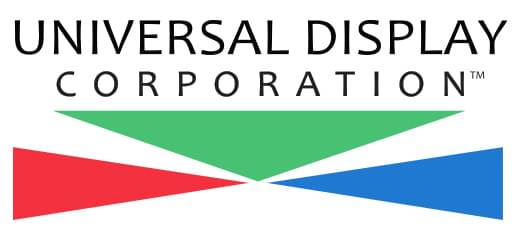
Dr. Michael Hack, is Vice-President of Business Development at Universal Display Corporation. He is responsible for developing and commercializing advanced high efficiency next generation OLED products, with a special focus on flexible display applications and solid-state lighting. Prior to joining UDC in 1999, he was associated with dpiX, a Xerox Company, where he was responsible for manufacturing flat panel displays and digital medical imaging products based on amorphous silicon TFT technology. Dr. Hack received his Ph. D. degree from Cambridge University, England in 1981 and in 2007 Dr. Hack was elected a Fellow of the Society for Information Display. In 2014 Dr. Hack was nominated to serve on the board of the U.S. OLED Lighting Coalition to promote the advancement and commercialization of OLED lighting.
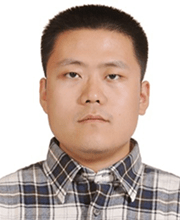
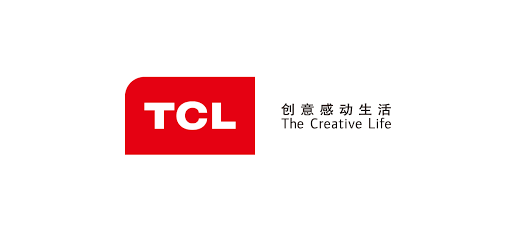
Longjia Wu received his Bachelor degree in Materials Science and Engineering from Wuhan University of Technology (WUT), and then got his Ph.D. degree in Materials Science and Engineering from University of California, Davis (UC Davis) in 2015. After graduation, he joined TCL Corporate Research, engaging in the development of high performance quantum-dot light-emitting diodes for display application.
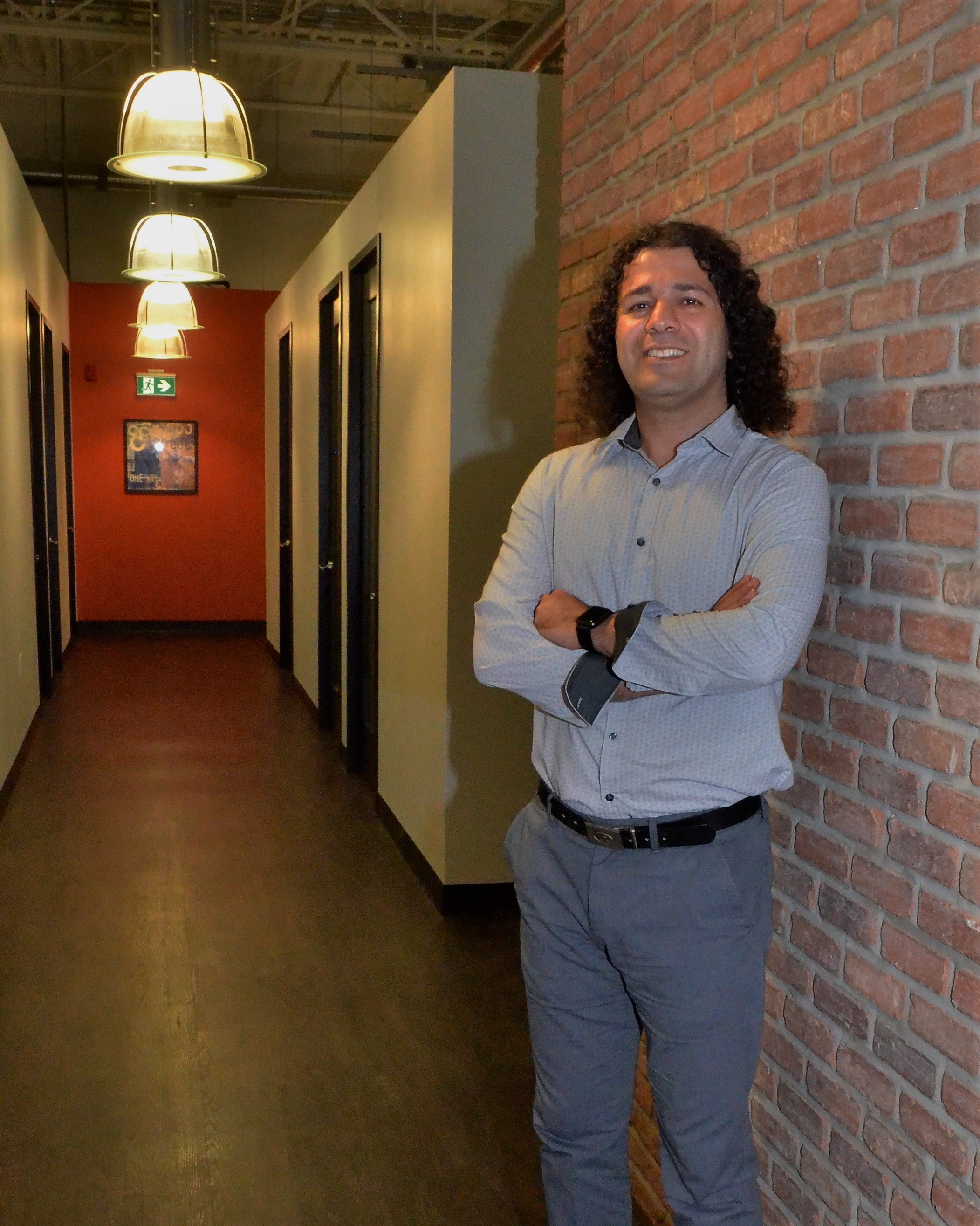
Dr. Reza Chaji is the CEO and co-founder of VueReal Inc., a Waterloo (ON, Canada) based company focused on revolutionary technologies for enhancing electronic systems (displays, sensors, AI, Autonomy, medical, health, automotive, etc.) by integrating millions of micro-optoelectronic devices into system substrates scalably, affordably, and rapidly. He has extensive experience in the development and commercialization of advanced technologies. His work for enhancing OLED TVs' yield, quality, and reliability is adopted in today’s OLED TVs. He received his Ph.D. degree (2008) in Electrical Engineering at the University of Waterloo, Waterloo, Canada, where he worked on designing and implementing large-area electronic systems for AMOLED displays, biomedical imagers, and bio-array sensors. He has over 70 published papers and one book in the field of display and sensor, over 200 filed/granted patent applications, and has received several prestigious scholarships and awards, including the EY nominee for the entrepreneur of the year 2023, Young Alumni Achievement Medal, Faculty of Engineering, University of Waterloo, 2012; CMC Douglas R. Colton Medal for Research Excellence 2009; and Strategic Microelectronics Council of ITAC Industrial Collaboration Award 2007. He was a finalist for the 2023- Entrepreneur of the Year award by EY. Under his leadership, VueReal Inc. was awarded the 2023- Top 50 Companies to Watch by Deloitte Canada’s Technology Fast 50 program.

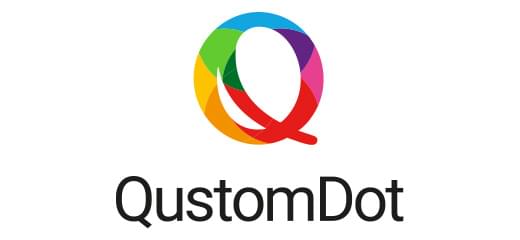
Dr. Igor Nakonechnyi earned his PhD equivalent degree in solid-state chemistry from Chernivtsi National University in Ukraine in 2013. Transitioning from bulk semiconductors to colloidal quantum dots (QDs), he began his postdoctoral research at Ghent University in 2014. His research has since concentrated on advancing the application of QDs, addressing their stability, and developing large-scale production processes.In 2017, Igor played a pivotal role in founding QustomDot, officially launching the company in 2020. At QustomDot, he oversees product development strategy, secures government funding, coordinates projects with partners, establishes an agile R&D framework, recruits technical talent, manages intellectual property rights, and serves on the board of directors.


Danielle Chamberlin, CTO at NanoPattern Technologies, holds a PhD and MS in Materials Science from UC Berkeley and an S.B. Degree in Materials Science from MIT. She is an expert in optics and optoelectronics ranging from THz to UV. Danielle has deep knowledge in LEDs and nanotechnology from two decades in R&D leadership at Agilent Labs and Lumileds. She holds over 15 patents on topics ranging from biosensors to microLEDs.
-ganapathiappan.jpg?ext=.jpg)

Coming soon


Olga Alexopoulou is a painter whose work has been exhibited in galleries and museums from Tokyo to New York. She was born in Athens and studied at the Ruskin School of Art at Oxford University. In 2018, she created a new pigment called Quantum Blue with a small team of scientists at Berkeley Lab in California. Now she is the Head of Color at Quantum Light, the only company in the world that specializes in quantum pigments.


Hunter McDaniel, PhD is UbiQD’s Founder and CEO. He transitioned from a postdoc position at Los Alamos National Laboratory to the company’s first full-time employee in 2014. His vision for the company is to become the worldwide leader in quantum dot manufacturing by enabling new products that aren’t possible with toxic CdSe or InP QDs. He has extensive relevant technical experience as he has worked on both traditional II-VI QDs (including those that contain cadmium) and I-III-VI QDs. During his career, Dr. McDaniel conducted research at top-tier research institutions; Los Alamos National Laboratory (postdoc 2011-2014), Argonne National Laboratory (2011), University of Illinois at Urbana Champaign (PhD 2006-2011), and University of California at Santa Barbara (BS 2001-2006)). He is highly experienced in the materials science of semiconductor nanocrystals and their optoelectronic device applications (e.g., solar cells, LEDs) with over twenty research publications and more than 700 citations.

Coming Soon

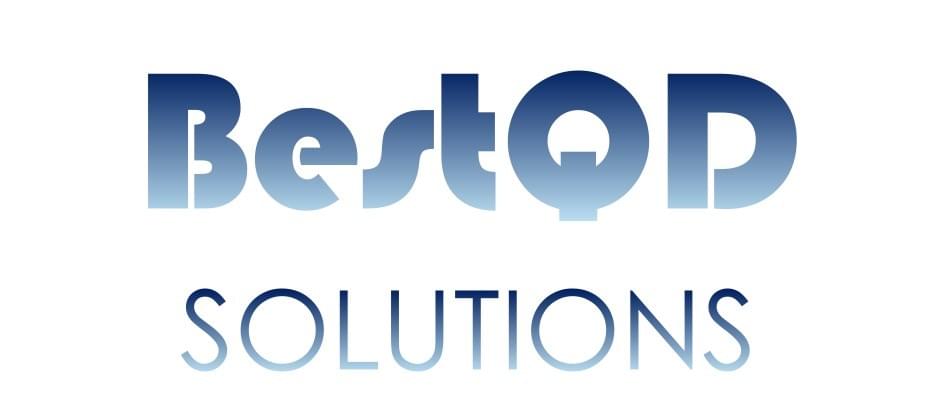
Andras Pattantyus-Abraham has been working on commercializing quantum-dot based image sensors since 2013, when he joined Invisage Technologies to work on RGB and NIR imaging. He joined Apple in 2017, where he became Senior Manager of QD R&D. In 2020, he transitioned to STMicroelectronics and became Director of Advanced Materials R&D for QD sensors, now focused on SWIR sensing and imaging. In October 2024, he founded BestQD Solutions LLC to help accelerate the adoption of QD imagers. He has deep expertise in QD synthesis, quality control and QD-based optoelectronics design, processing, testing and application development.
He has B.Sc.’s in Engineering Physics and Mathematics from Queen’s University and a Ph.D. in Chemistry from the University of British Columbia. He worked as a postdoc and principal scientist under Ted Sargent at the University of Toronto, where he did pioneering work on depleted heterojunction QD photovoltaics.
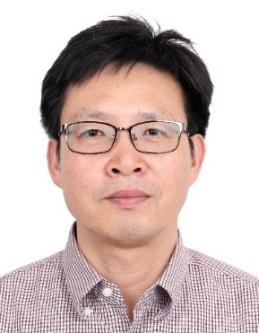
Rong-Jun Xie obtained his PhD in Inorganic Non-metallic Materials at Shanghai Institute of Ceramics, Chinese Academic of Science in 1998. After carrying out post-doctoral work at National Institute for Materials Science (NIMS, Japan), National Institute for Advanced Industrial Science and Technology (AIST, Japan), and Alexander von Humboldt (AvH) research fellow at Darmstadt University of Technology (Germany), Xie joined National Institute for Materials Science (NIMS) as a Senior Researcher in 2003, and was promoted to Principal Researcher in 2007 and to Chief Research in 2017. In 2018, he moved to Xiamen University as a full professor at College of Materials.
Xie’s research interests include (i) phosphors for lighting and displays; (ii) mechanoluminescent materials for sensing technologies; and (iii) quantum dots and emissive displays. He has contributed to 300+ published papers and 100+ invited talks, and held 50+ patents.


Dr. René T. Wegh is Principal Scientist and topic leader in the field of solid-state light sources at Signify, formerly Philips Lighting. In that role he is overviewing the field and driving innovations on SSL sources. He has a 15-year track record on development of spectral engineering innovations at Philips Lighting/Signify, ranging from various remote-phosphor platforms in the early days to high-CRI and Human Centric Lighting spectral solutions in recent years. He holds a Ph.D. in chemistry from Utrecht University on the topic of luminescence spectroscopy of lanthanide-based phosphor materials. He joined Philips in 1999, starting at the corporate Research lab where he worked on various topics, before moving to Philips Lighting in 2006.

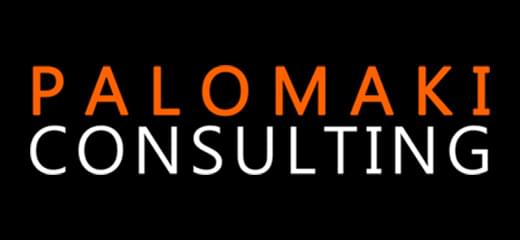
Peter Palomaki is the owner and chief scientist at Palomaki Consulting, LLC, where he consults with companies around the world on understanding, characterizing, and implementing QD and other nanomaterial technologies. He holds a PhD in chemistry from Rensselaer and has developed QD enabled optical technologies at National Renewable Energy Laboratory along with multiple companies, including QD Vision. He has become a trusted speaker, writer, and QD industry veteran on whom clients rely for his problem-solving capabilities and deep network in the display industry.

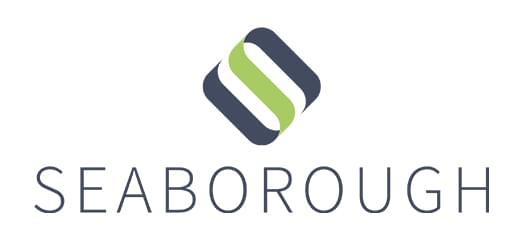
After obtaining her Masters in Nanomaterials cum-laude from Utrecht University (Utrecht, the Netherlands) in 2011, Dr. Van de Haar joined the group of Prof. Albert Polman at the physics research institute AMOLF (Amsterdam, the Netherlands), from where she obtained her PhD in Nanophotonics in 2016. She then moved to Seaborough as Project Manager and Materials Scientist, where she worked on developing new luminescent material systems for LED applications. Currently she is responsible for the Materials Group at Seaborough as Program Director Materials

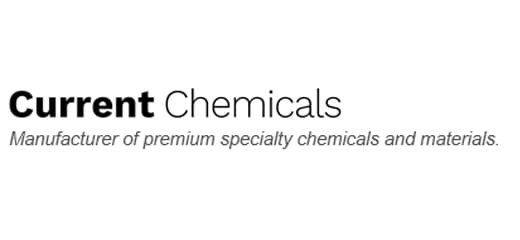
Dr. Cohen joined the lighting division of General Electric after receiving his Ph.D. from the University of Michigan in 2000. He has developed a variety of experiences through roles of increasing responsibility in Technology, Manufacturing, and Business Operations that include phosphors and specialty materials development, lighting product design and manufacturing, tungsten wire processing, and commercial sales of phosphors and specialty materials. Dr. Cohen has significant operational experience built on various key roles over nine years in manufacturing including Plant Manager of GE Lighting’s Phosphor and Specialty Chemical Facility. He led GE Lighting’s technical efforts to mitigate rare earth supply and inflation pressures through phosphor innovation, lighting product redesign, and production process optimization for fluorescent lighting products.
Transitioning from traditional lighting materials to LED materials, Dr. Cohen led GE Lighting’s PFS/KSF Red Phosphor innovation, process/manufacturing development, and sales/commercialization activities. After GE’s sale of its commercial lighting business to American Industrial Partners in 2019, he continues as the business leader of the specialty Chemicals and Materials group of Current Lighting Solutions, LLC focused on technical innovation and profitable commercial growth of phosphors and other specialty materials.